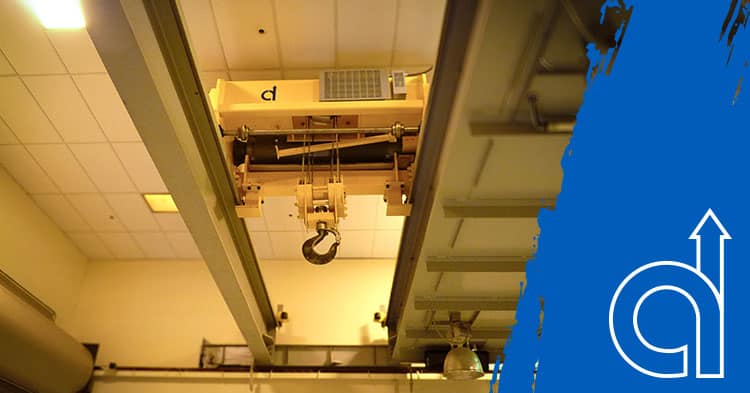
by American Crane | Sep 3, 2024 | Industry News, Manufacturers, Uncategorized
In industrial and manufacturing environments, effective material handling is essential for maintaining productivity, safety, and efficiency. Overhead cranes are a pivotal solution, offering the ability to lift, move, and position heavy loads with...
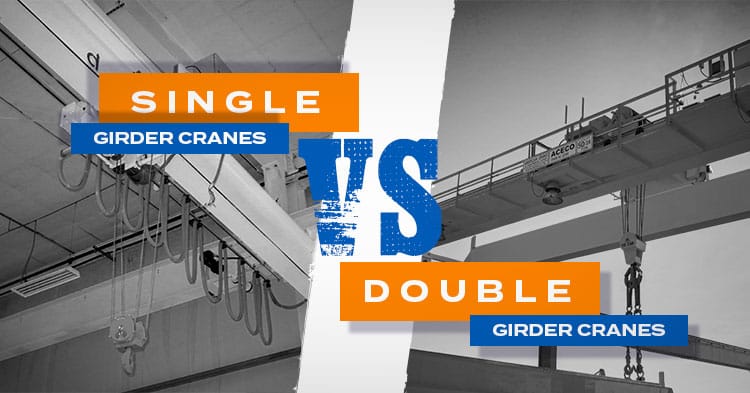
by Lauren Longo | Jul 25, 2024 | Uncategorized, Critical Lift, Double Girder Cranes, Industry News
When it comes to selecting the right crane for your operations, understanding the differences between single and double girder cranes is essential. At American Crane & Equipment Corporation, we offer a variety of crane solutions tailored to meet your specific...
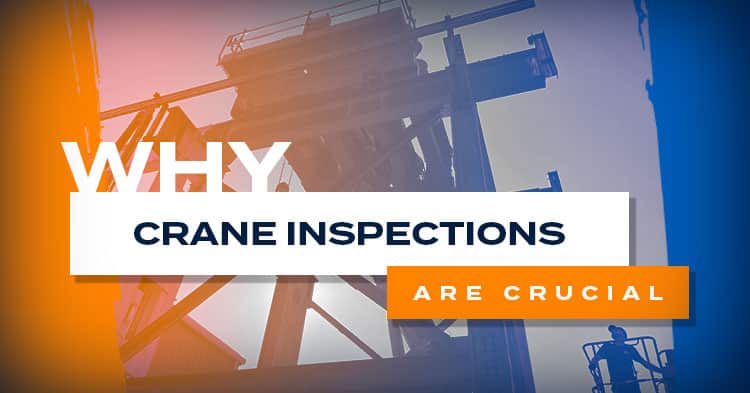
by Lauren Longo | Jul 4, 2024 | Critical Lift, Industry News, Manufacturers, Outdoor Crane Applications, Overhead Equipment
Safety is a main concern on any job site. At American Crane & Equipment Corporation, we understand the importance of maintaining the highest safety standards to protect your team and equipment. According to the Occupational Health and Safety Administration (OSHA),...
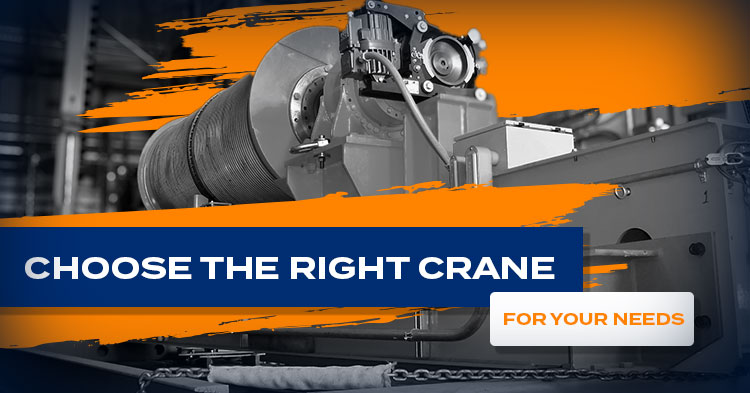
by Lauren Longo | Jul 2, 2024 | Critical Lift, Industry News, Manufacturers, News and Events Post, Overhead Equipment
Selecting the right crane for your needs can be a complex and time-consuming task. With a variety of cranes and hoists available on the market, understanding the key factors that influence your decision is crucial. Here are six essential considerations to help you...
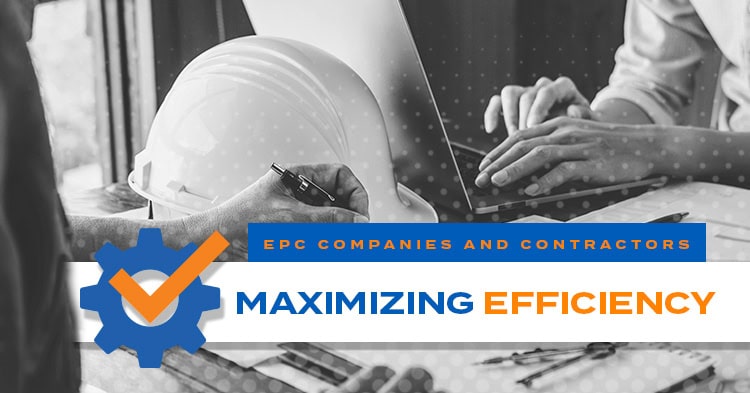
by Michele Kienle | Jun 26, 2024 | Critical Lift, Industry News, Manufacturers, News and Events Post, Outdoor Crane Applications, Overhead Equipment, Procurement Education
In the world of Engineering Procurement Construction (EPC) and contracting, the reliability and efficiency of lifting systems are paramount. Whether you are a large EPC company embarking on new plant construction or a contractor seeking dependable cranes, hoists,...







